Multipurpose Cash Assistance
Multipurpose Cash (MPC) are unrestricted cash transfers that people affected by crises can use to cover their basic needs. By its nature, MPC is the assistance modality which offers people a maximum degree of choice, flexibility and dignity. There is also growing evidence that it is more cost-efficient and cost-effective to meet multiple needs.
But this requires new ways of collaborating between humanitarian actors, at all stages of the program cycle, and across sectors. While solid tools exist to support collaboration, they have not been widely adopted and MPC is still used in an ad-hoc way. Challenges remain to be addressed if we are to successfully fit MPC into the humanitarian system.
Featured content

Multipurpose cash outcome indicators and guidance
Guidelines and Tools
The indicators in this document, developed by the Grand Bargain Cash Workstream, focus on the primary objectives of humanitarian Multipurpose Cash Assistance (MPC), and the outcomes to which MPC can most strongly contribute in a given context.
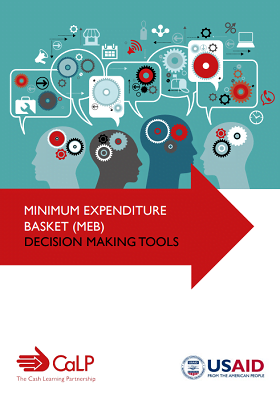
Minimum Expenditure Basket (MEB) Decision Making Tools
Guidelines and Tools
Update: This publication was revised in 2022. Please read the revised publication here.
The purpose of this tipsheet is to accompany practitioners and decision makers through key stages in the process of calculating an MEB to: (a)
identify what is the most appropriate path to take in relation to their
particular context, identified objective, existing capacities and available
resources; and...
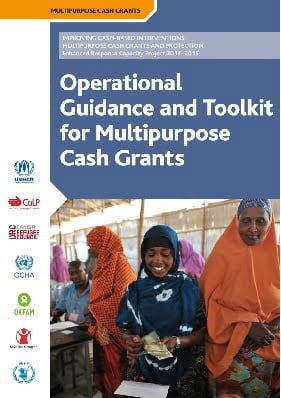
Operational Guidance and Toolkit for Multipurpose Cash Grants
Guidelines and Tools
This operational guidance and toolkit brings together worldwide expertise on cash-based interventions (CBIs). It provides comprehensive and practical guidance for humanitarian actors to assess the feasibility, conceptualise the design and structure the implementation of MPGs. The guidance focuses on MPGs whose primary objective is to meet basic needs as defined by affected people...

Definition of Minimum Expenditure Baskets (MEB) in West Africa
Report
Throughout 2017, five countries in West Africa have worked collectively to define minimum expenditure baskets, in order to better capture the contribution that humanitarian assistance is making to address the basic needs of affected populations, and improve the impact of assistance. This heavy process raises technical and coordination challenges. The CALP Network, with support from USAID /...
Thematic lead
Latest

Economic Relief, Recovery, And Resilience Assessment For Southern Iraq
Report
The profile of Southern Iraq varies from that of the Northern ‘conflict-affected’ governorates most heavily impacted by the conflict with the Islamic State between 2014-2017. Southern Iraq has seen chronic underinvestment since the 1980s, with cumulative impacts building across the Iran-Iraq War and...
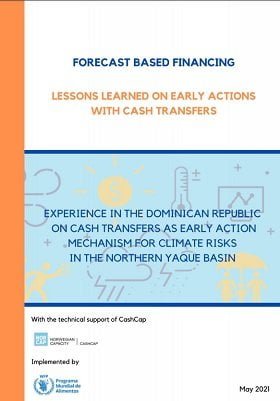
Forecast based financing – lessons learned on early actions with cash transfers
Report
The objective of the document is to present the lessons learned related to the implementation of early actions with cash transfers as part of the forecast-based financing mechanism implemented by the World Food Programme in the Yaque del Norte watershed in the Dominican Republic.
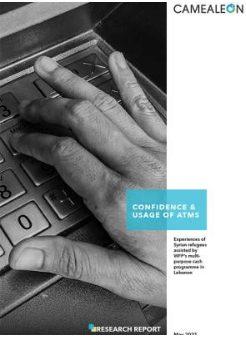
Confidence and usage of ATMs
Report
For the reports click here The World Food Programme (WFP) supports Syrian refugee families living in extreme poverty in Lebanon by providing them with multi-purpose cash (MPC) transfers to meet their basic needs. WFP loads the assistance on an e-card, called the Red Card, each month and programme...

Minding the (financial and digital) gap! – How informal social safety nets leverage digital & cash enablers in COVID-19 pandemic
Presentation
Minding the (financial and digital) gap! – How informal social safety nets leverage digital & cash enablers in COVID-19 pandemic: In every context, strengthening the links between cash transfers, savings groups and digitisation contributes to resilient recovery from COVID-19. Representatives of...

Review of the Grand Bargain Multipurpose Cash (MPC) Outcome Indicators
Report
Summary Report of Feedback from the Testing Phase
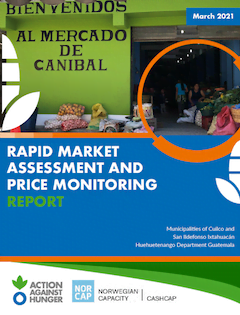
Rapid Market Assessment and Price Monitoring Report – Huehuetenango Department Guatemala
Report
Methodology: This rapid assessment of markets and prices was based on an adapted version of the IFRC’s Rapid Assessment for Markets, elements of the EMMA toolkit’s market system approach and the consortium of NGO’s price monitoring format. The methodology was chosen to give a basic and rapid...
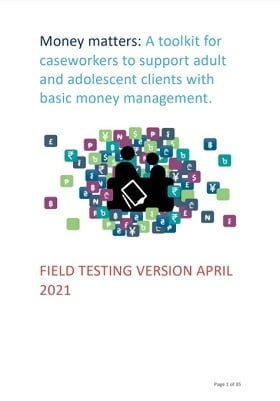
Money Matters: A toolkit for caseworkers to support adult and adolescent clients with basic money management
Guidelines and Tools
This tool is for use when child protection case management clients receive cash and voucher assistance as part of their child protection case management response. This tool sets out guidance for caseworkers that have previously had case management training. It will help caseworkers to support their...

User journeys of Syrian refugees receiving multi-purpose cash from WFP in Lebanon
Report
Ground Truth Solutions, in collaboration with the Cash Monitoring, Evaluation, Accountability and Learning Organizational Network (CAMEALEON) have produced a report detailing the lived experiences or “user journeys” of Syrian refugees in Lebanon receiving multipurpose cash assistance from the World...

Cashing in: Turning Challenges into Opportunities when Evaluating Humanitarian Cash Assistance
Report
The use of cash transfers in humanitarian action has implications for evaluative activity. On the one hand, the utility of some evaluations has been strengthened by the increased attention that has been paid to evaluating cash transfers, the agreement of common outcome indicators and the creation of...
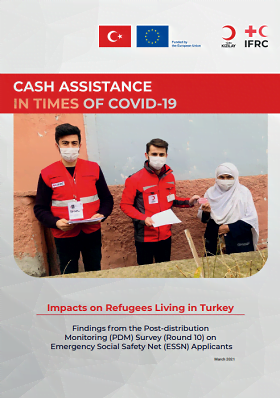
Cash Assistance in Times of COVID-19 / Findings from the Post-distribution Monitoring (PDM) Survey (Round 10)
Report
The Emergency Social Safety Net (ESSN) is currently the largest cash assistance programme under the KIZILAYKART Platform. It has reached more than 1.7 million refugees with monthly cash stipends to help refugees cover their basic needs while giving them full agency with the freedom of choice.
The Post...

Toolkit for Monitoring and Evaluating Child Protection When Using Cash and Voucher Assistance
Guidelines and Tools
The Toolkit for Monitoring and Evaluating Child Protection when using Cash and Voucher Assistance (CP and CVA M&E Toolkit) is a resource for actors working in Monitoring and Evaluation, CVA (across sectors), and child protection. It aims to assess, address and monitor 1) Direct and indirect impact on...
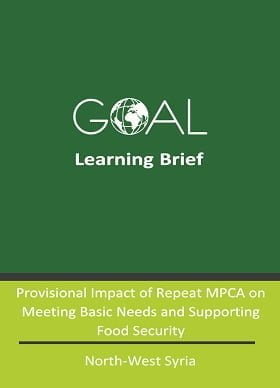
Provisional Impact of Repeat MPCA on Meeting Basic Needs and Supporting Food Security in North-West Syria
Policy paper
In the North-West Syria response, cash assistance is mostly once-off or else for a maximum of 3 months. GOAL Syria is delivering a large-scale value voucher or food kit response to support food security needs. However, needs assessment repeatedly show that households have high non-food needs along with...
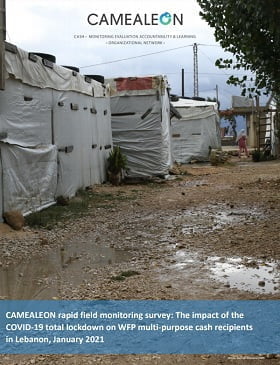
CAMEALEON rapid field monitoring survey: The impact of the COVID-19 total lockdown on WFP multi-purpose cash recipients in Lebanon
Report
This rapid survey conducted by CAMEALEON gathers top-line insights on the impact of the Covid-19 total lockdown, prohibiting all but essential movement, on multi-purpose cash (MPC) recipients. This includes households’ ability to access and spend their assistance, prepare for the lockdown and meet their...

2020 Cash and Voucher Programming (CVP): Roadmap and milestone achieved
Report
In 2020, World Vision has implemented cash and voucher programming like never before – not least due to the COVID-19 pandemic and related social protection transfer scale-ups. From 2019 to 2020, we have seen a 28 % increase of our cash, voucher based programming, moving towards enabling affected...
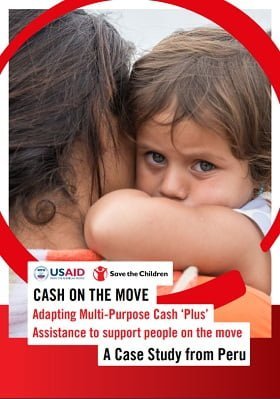
CASH ON THE MOVE – Adapting Multi-Purpose Cash ‘Plus’ Assistance to support people on the move in Peru
Report
In 2019 and 2020, with the support of USAID´s Bureau for Humanitarian Assistance (formerly FFP and OFDA), Save the Children implemented
a multi-purpose cash ‘Plus’ program in response to the influx of Venezuelan migrants into Peru.
Households that were only transiting through the cities where they...
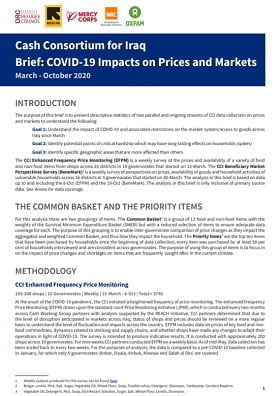
CCI COVID-19 Impacts on Prices and Markets in Iraq
Report
The COVID-19 crisis in Iraq has caused severe economic disruptions in Iraq that will affect vulnerable households the most. The Cash Consortium for Iraq (CCI) has two streams of ongoing data collection on prices and markets, monitoring the retailer and the consumer perspective across five governorates....

Pinning Down Moving Targets: Research Note Medium-term priorities for cash assistance in Lebanon
Report
Whilst most humanitarian responses across the globe have had to navigate the impact of the Coronavirus pandemic, in Lebanon the challenges related to COVID-19 emerged on top of an unprecedented protest movement, political instability, a rapid deterioration of the economy and the increasingly protracted...
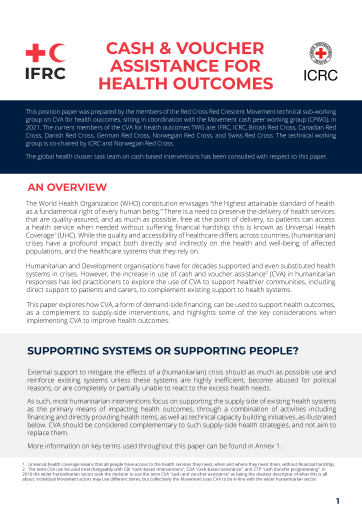
Cash and Voucher Assistance for Health Outcomes
Policy paper
The RCRCM CVA for Health Outcomes Technical Working Group Position Paper on Cash for Health Outcomes explores how CVA (a form of demand side financing) can be used to support health outcomes, as a complement to supply-side interventions, and highlight some of the key considerations.

Tip Sheet on Integrating Cash and Voucher Assistance in HNOs and HRPs
Guidelines and Tools
The use of Cash and Voucher Assistance (CVA) has increased considerably in the past years from 10.6 per cent of international humanitarian assistance in 2016 to 19 per cent in 2020. Today, CVA is widely recognized as a more flexible and dignified modality for providing humanitarian assistance and is...

Cash and Voucher Assistance Guidelines for Lao PDR
Guidelines and Tools
Cash and voucher assistance is becoming increasingly popular in Lao PDR in delivering humanitarian assistance, rehabilitation and development focused projects. In supporting the cash and voucher assistance agenda in Lao PDR, the Cash Working Group was established as a working group for local and regional...




